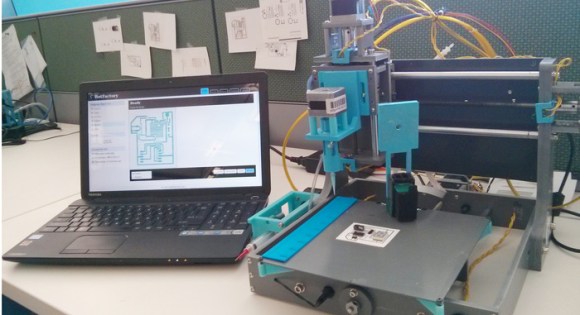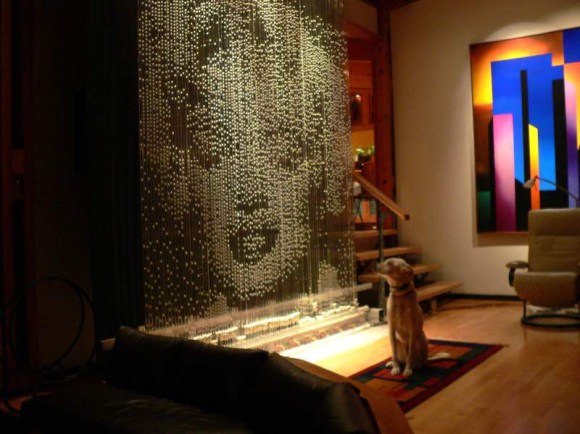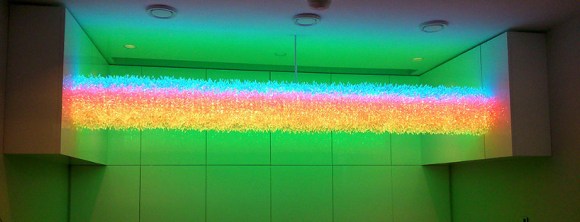Prototyping circuits is still a pain. The typical process is to order your PCBs, await their arrival, hand assemble a board, and start testing. It’s time consuming, and typically takes at least a week to go from design to prototype.
The folks at BotFactory are working on fixing that with the Squink (Kickstarter warning). This device not only prints PCBs, but also functions as a pick and place. Rather than using solder, the device uses conductive glue to affix components to the substrate.
This process also allows for a wide range of substrates. Traditional FR4 works, but glass and flexible substrates can work too. They’re also working on using an insulating ink for multilayer boards.
While there are PCB printers out there, and the home etching process always works, building the board is only half the battle. Hand assembly using smaller components is slow, and is prone to mistakes. If this device is sufficiently accurate, it could let us easily prototype complex packages such as BGAs, which are usually a pain.
Of course it has its limitations. The minimum trace width is 10 mils, which is a bit large. Also at $2600, this is an expensive device to buy sight unseen. While it is a Kickstarter, it’d be nice to see an all in one device that can prototype circuits quickly and cheaply.



 The first generation of The Internet Of Things™ and Home Automation devices are out in the wild, and if there’s one question we can ask it’s, “why hasn’t anyone built a simple cracking device for them”. Never fear, because [texane] has your back with
The first generation of The Internet Of Things™ and Home Automation devices are out in the wild, and if there’s one question we can ask it’s, “why hasn’t anyone built a simple cracking device for them”. Never fear, because [texane] has your back with 

 First rule of reading anything: if a headline is an interrogative, the answer is a resounding ‘no’. This might be the one exception to that rule.
First rule of reading anything: if a headline is an interrogative, the answer is a resounding ‘no’. This might be the one exception to that rule.










